Copper-Nickel-Tin Strip (GMX96/GMX215)
GMX96/GMX215 is widely used as contact springs in various applications. NGK offers GMX96/GMX215 in several tempers to cover various requirements. GMX96/GMX215 is available in forms of plate and strip.

Featured Articles
The Cu-Ni-Sn Alloy "GMX96" and "GMX215" are Cu alloys that have Ni and Sn added to them. The trace metal action of Cu ions released from the main component, Cu, helps inhibit the growth of bacteria and viruses that adhere to the surface, and also has the effect of reducing their presence.
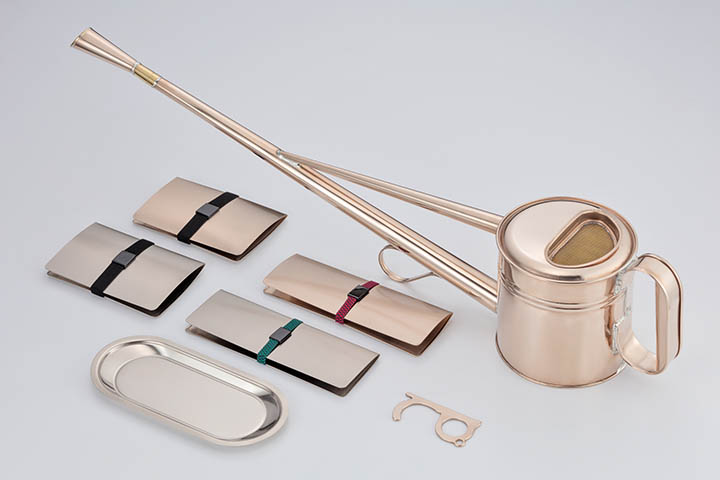
*1: The effect of inhibiting the growth of bacteria adhered to the surface and reducing their presence.
*2: The effect of inhibiting the growth of viruses adhered to the surface and reducing their presence.
*3: It has not been confirmed that the product is effective against all bacteria and viruses.
It can be widely used in various applications where antibacterial and antiviral properties are required, such as public facilities, welfare facilities, restaurants, and residential appliances.
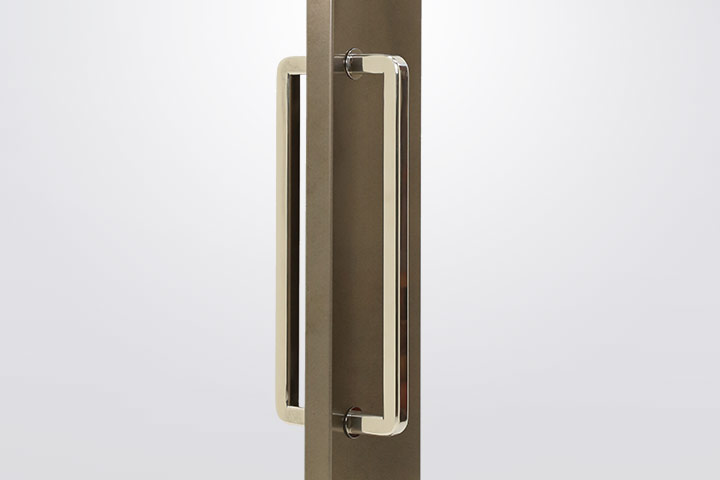
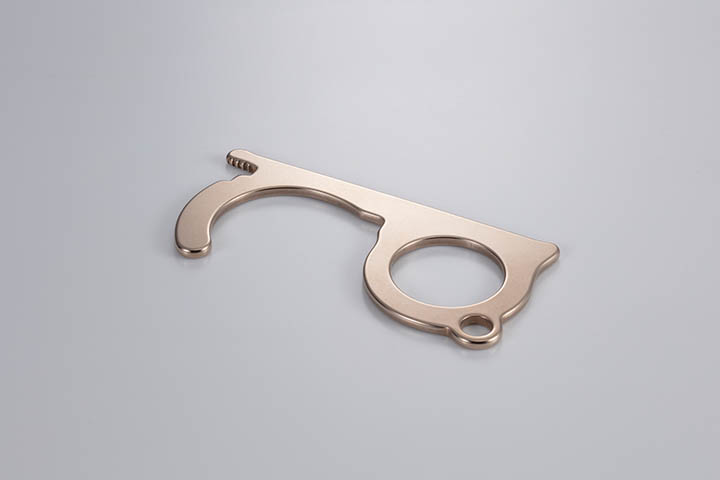
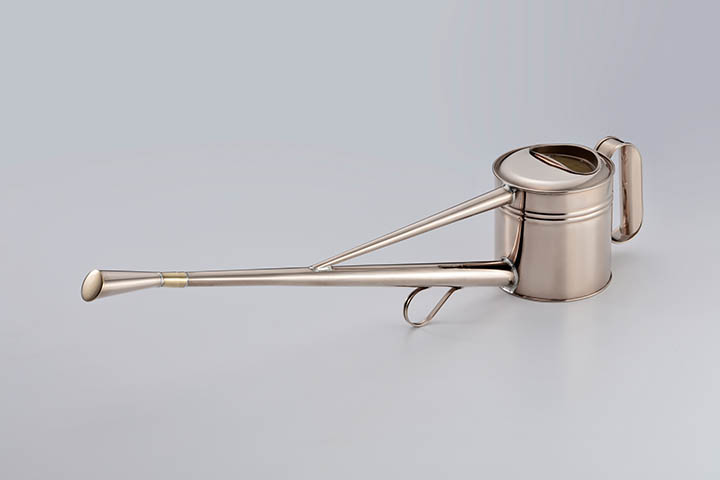
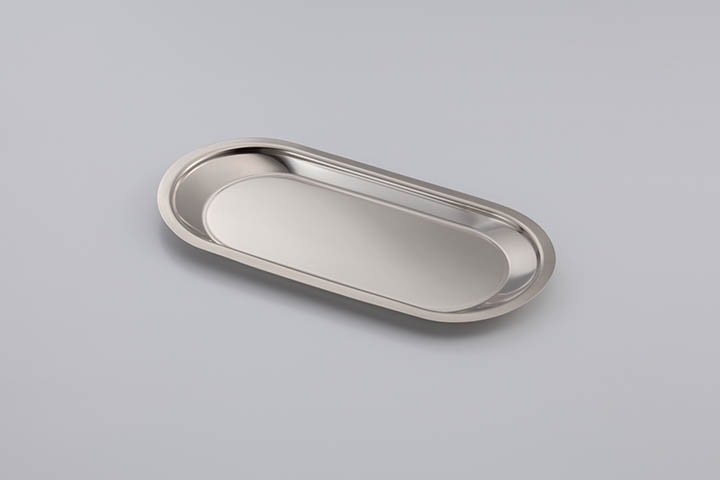

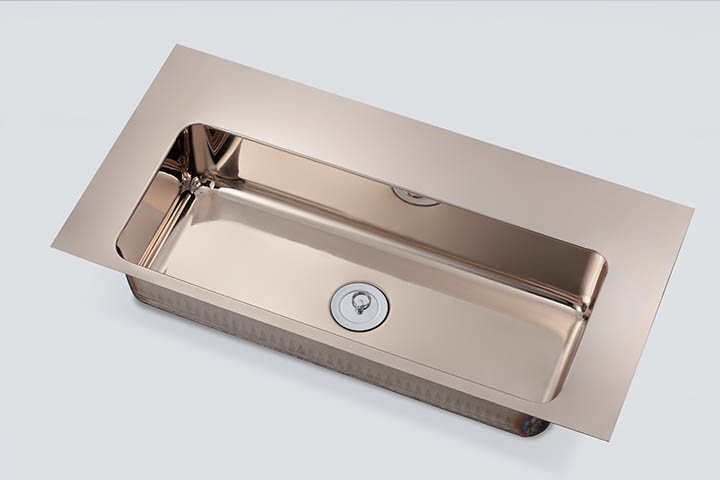
GMX exhibits high antibacterial effectiveness. The graph below shows the number of bacteria (type A) adhering to the GMX and stainless plate surfaces (150×150 mm) over time.
Even after 200 minutes, stainless still retains a significant amount of bacteria. However, GMX achieved results where the majority of bacteria were below the detection limit after 50 minutes.
Comparison of the number of bacteria over time between GMX and stainless.
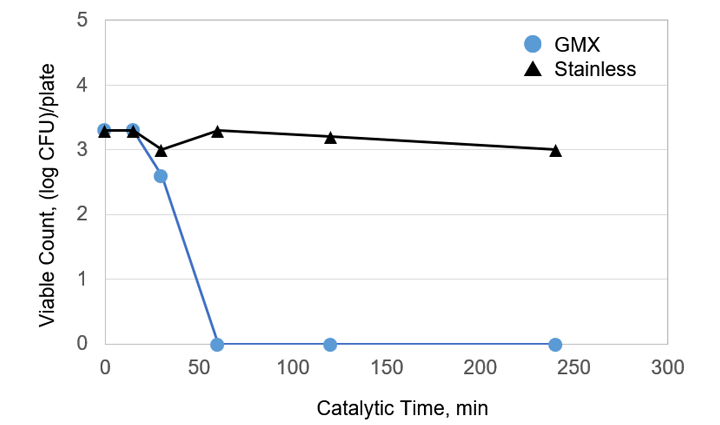
Evaluation results by Professor Intetsu Kobayashi from the Department of Nursing, Infection Control Laboratory, Toho University.
Inquiry about Special Metals
Sales & Marketing Division